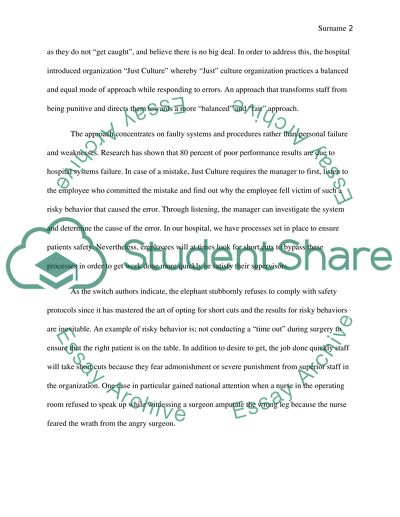Cite this document
(“Patient Safety Essay Example | Topics and Well Written Essays - 1250 words”, n.d.)
Patient Safety Essay Example | Topics and Well Written Essays - 1250 words. Retrieved from https://studentshare.org/health-sciences-medicine/1439491-how-to-make-a-culture-change-in-a-hospital-so
Patient Safety Essay Example | Topics and Well Written Essays - 1250 words. Retrieved from https://studentshare.org/health-sciences-medicine/1439491-how-to-make-a-culture-change-in-a-hospital-so
(Patient Safety Essay Example | Topics and Well Written Essays - 1250 Words)
Patient Safety Essay Example | Topics and Well Written Essays - 1250 Words. https://studentshare.org/health-sciences-medicine/1439491-how-to-make-a-culture-change-in-a-hospital-so.
Patient Safety Essay Example | Topics and Well Written Essays - 1250 Words. https://studentshare.org/health-sciences-medicine/1439491-how-to-make-a-culture-change-in-a-hospital-so.
“Patient Safety Essay Example | Topics and Well Written Essays - 1250 Words”, n.d. https://studentshare.org/health-sciences-medicine/1439491-how-to-make-a-culture-change-in-a-hospital-so.


